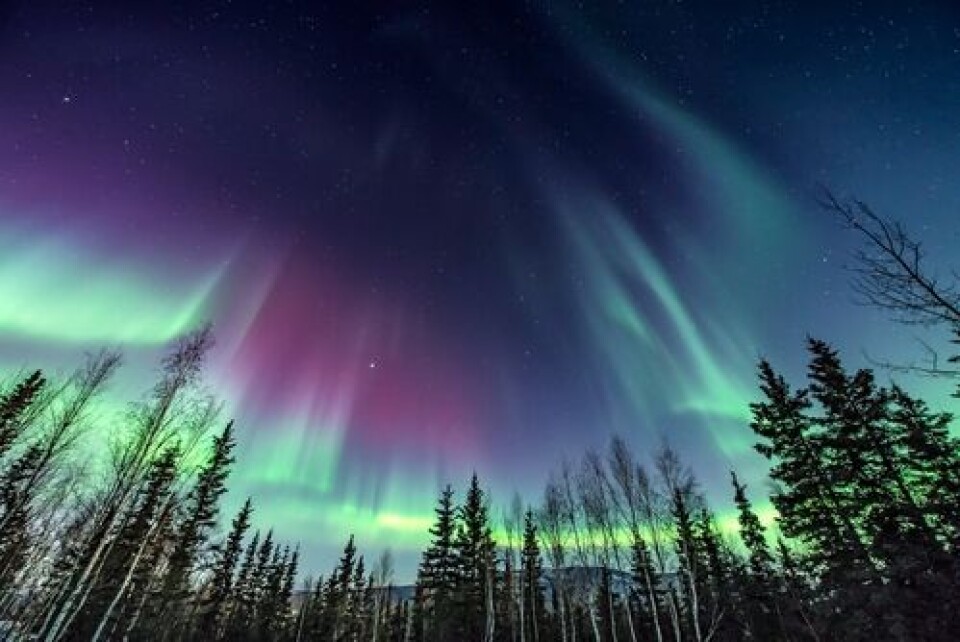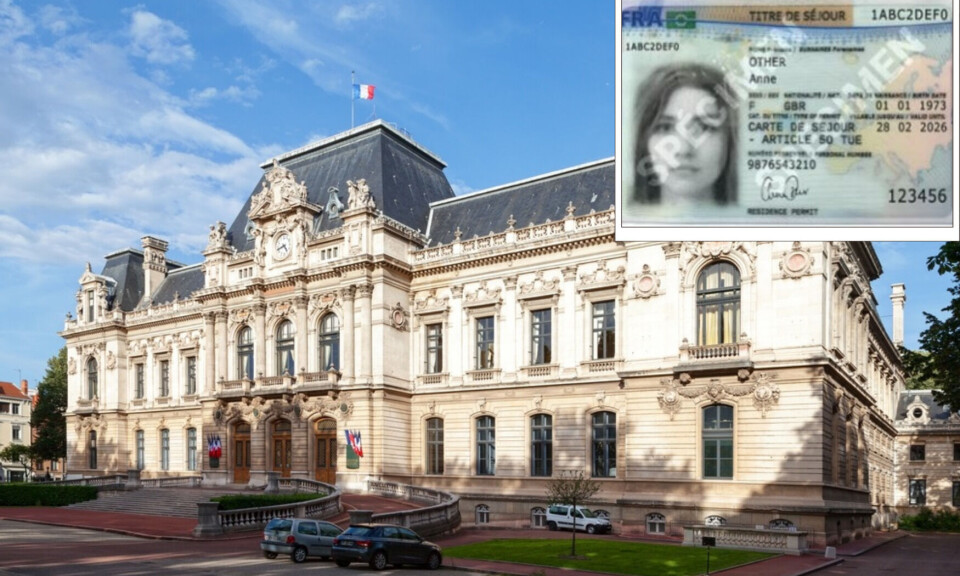-
Forgetting luggage on French transport can land you a hefty fine
Fines vary from €72 to €1,500 depending on the level of offence, with 360 items left per week
-
Death of Emile, 2: French prosecutor gives more details after grandparents released
There are several reasons that a third party is suspected of involvement in Emile’s death
-
Marine Le Pen awaits trial decision that could derail her 2027 presidential hopes
The far-right politician could be banned from running in upcoming key election if found guilty of embezzlement
Northern Lights captured in spectacular photos above France
The phenomenon occurs this far south every 10 to 20 years

[UPDATE: Northern Lights were also seen overnight on Monday, February 27 to Tuesday, February 28, with more photos shared; see below.]
It is usually a phenomenon limited to countries much further north but the incredible Aurora Borealis – commonly known as the ‘Northern Lights’ – were visible in the night sky above France last weekend.
The colourful waves of light were seen on Sunday February 26, especially in the north of the country, but also in Poitou and Bourgogne, and captured by several photographers using long exposures
Agrometeorologist Dr. Serge Zaka posted a series of photos of the phenomenon on Twitter, collecting shots from observers who were able to capture the event.
Dr. Zaka is a member of the Info Climat association, which brings together volunteers who are passionate about meteorology (the science of the atmosphere and weather).
The association website sought to describe the phenomenon and why it has appeared in northern France (and other parts of mid-northern Europe) when it usually only shows in much more northerly areas.
It said: “The Sun's activity has been very strong for several days, and a coronal mass ejection (CME) [large expulsions of plasma and magnetic field from the Sun’s corona] has reached Earth in the last few hours allowing auroras to be photographed in long exposures.”
Photographer Sylvain Wallart also shared some shots of the lights on Facebook.
He said: “They were not visible to the naked eye but in the photo you can see the red streaks easily. It lasted for a good ten minutes before the aurora faded away.”
Dr. Zaka said that the phenomenon occurs this low south every 10 to 20 years and is especially visible with a long exposure camera.
Astrophysicist Eric Lagadec, at the l'Observatoire de la Côte d'Azur, told FranceInfo that the event was exceptional.
In a Tweet, he offered some tips on how to capture the lights more brightly.
He said:
- Get away from any source of light so that your eyes get used to the dark
- Look at the north horizon
- Take photos with a long exposure on a good quality camera, and share the results!
To see the Aurora Borealis with the naked eye so far south requires lifelong patience (literally) as it only happens around once a century on average.
[UPDATE: Northern Lights were also seen overnight on Monday, February 27 to Tuesday, February 28, with more photos shared.]
J'ai pu capturer les #auroreboreale de ce lundi 27 février près de #Fécamp, qui faisaient leur timide derrière les nuages.
Un moment magique ! pic.twitter.com/6I6BUee8he
— Etienne Farget (@EtienneFargetMC) February 28, 2023
Aurores boréales dans le Nord-Pas-de-Calais, latitude 50°N, hier soir vers 22h #auroreboreale pic.twitter.com/L4kWvlxeY0
— Louis Leroux | Astrophotographe (@KriekCherry) February 28, 2023
Related articles
Watch: ‘Shooting star’ meteor lights up Paris and Rouen skies
























